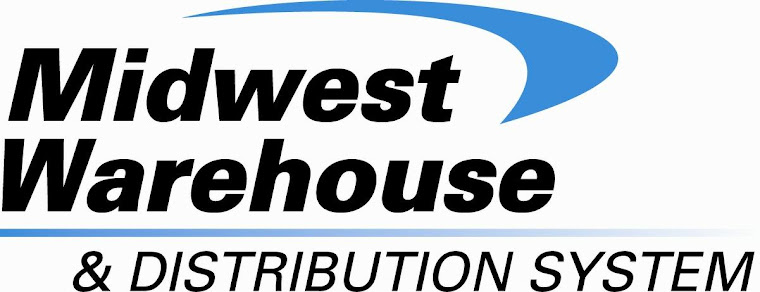Source: Fleet Owner, Apr 22, 2010 9:28 AM, By Sean Kilcarr, senior editor
A detailed analysis of so-called “sustainability” programs launched by many global third party logistics (3PL) providers finds most are maintaining and even expanding such efforts largely due to the costs savings they’ve generated.
The “Third Party Logistics Sustainability Report” compiled by Robert Lieb, professor of Supply Chain Management at Northeastern University and Kristin Lieb, assistant professor of marketing communication for Emerson College, shows that many large 3PLs increased their commitments to developing greener practices and building environmental sustainability programs despite the global recession of 2008 and 2009.
Sponsored by Penske Logistics and based on key findings from the 2008 and 2009 “3PL Provider CEO Perspective” surveys conducted by the Liebs, the report found that 28 of the 35 3PL CEOs polled said sustainability programs yielded overwhelmingly positive results. These were seen as reducing operating expenses, especially fuel costs, with one CEO noting that sustainability efforts resulted in a 40% reduction in fuel expenditures.
“I was first surprised by the breadth of the 3PL commitment to ‘sustainability’ efforts in 2008, then surprised again in 2009 as many expanded those efforts in the face of the global recession,” Robert Lieb told FleetOwner.
He said the 35 3PLs– including DHL Exel Supply Chain, Kuehne + Nagel Logistics, Landstar, Menlo Logistics, Penske Logistics, Ryder, Schneider Logistics, Transplace.com, and UPS Supply Chain Services to name a few – represent a total of $60 billion in revenue each year.
“Our research now indicates most [3PLs] are staying on the [sustainability] path in 2010 as they are realizing economic advantages from them,” Lieb added. “Many came back surprised themselves at the significant operating savings they were achieving through sustainability efforts.”
Some 63% of the 3PL CEOs surveyed reported expanding the existing sustainability programs in 2009, with 71% of CEOs indicating they had launched completely new sustainability initiatives.
Lieb stressed there’s no focus in the 3PL space on one particular sustainability path. Rather, most of the companies are taking a very broad approach across their organizations. They are engaged in everything from installing motion-detector light switches to reduce electricity use to building windmills at distribution centers to generate power, and even educing the work week from five to four days.
“We tallied 20 different sustainability programs affecting transportation alone,” he noted. “So no one thing stands out from 3PL sustainability efforts; these are very broad efforts.”
Interestingly, while the 3PLs said their customers are showing increased interest in their environmental sustainability capabilities, it’s not necessarily translating into new or increased business from their customer base.
Only six out of the 35 3PL CEOs polled reported that their company sustainability efforts led to increased business with both existing and new customers. Overall, despite their investments, most 3PLs said sustainability was very infrequently a determining factor in either extending existing contracts or securing new 3PL business.
“At this point, sustainability is not yet a decisive factor in whether 3PLs maintain or receive new business,” Lieb said. He pointed out that “a corporate desire to do the right thing” was by far the most important reason to commit to sustainability initiatives, noted by 24 out of the 35 CEOs. And “pressure from customers” ranked a very distant second – cited by only seven respondents.
On average, 21% of existing customers and 20% of potential customers raised sustainability issues in their discussions with the 3PLs, Lieb related. When asked what percentage of their existing contracts included sustainability performance metrics, the average response was just 2.5%, he said.
Tuesday, May 18, 2010
Top 3PLs find savings on path to environmental sustainability
Subscribe to:
Posts (Atom)

